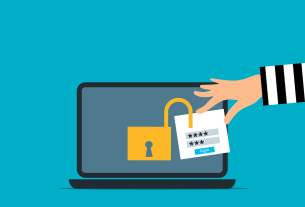7. Enhancing Functionality with Plugins
WooCommerce’s functionality can be extended with plugins. These can enhance SEO, security, analytics, and more.
7.1 Exploring Essential WooCommerce Plugins
Research and identify essential plugins for your store. This might include an SEO plugin like Yoast, a security plugin like Wordfence, and an analytics plugin like Google Analytics for WordPress.
7.2 Installing and Activating Plugins
Install and activate chosen plugins through the “Plugins” section in your dashboard. Configure their settings as needed.
7.3 Popular Plugins: SEO, Analytics, Security
Utilize SEO plugins to optimize product pages for search engines. Implement analytics plugins to gain insights into user behavior. Security plugins will safeguard your store from threats.
8. Fine-Tuning Your Store’s Performance
A high-performing store enhances user experience and boosts conversions.
8.1 Importance of Website Performance
Website speed and performance are critical factors for retaining visitors. Slow-loading sites often lead to higher bounce rates.
8.2 Caching for Improved Speed
Implement caching mechanisms through plugins like W3 Total Cache or WP Super Cache. Caching reduces server load and improves page loading times.
8.3 Image Optimization
Optimize product images for the web to prevent slow loading. Use image compression tools or plugins to strike a balance between quality and file size.
8.4 Managing Widgets and Sidebars
Widgets and sidebars can improve navigation and user engagement. Arrange them strategically to showcase essential information.
9. Managing Orders and Customers
Efficiently managing orders and providing excellent customer service are integral to your store’s success.
9.1 Viewing and Processing Orders
Monitor incoming orders through the “Orders” section. Process orders promptly and keep customers informed about order status.
9.2 Managing Customers and their Accounts
Customers should be able to create accounts, track orders, and manage their information. Ensure a user-friendly account management system.
9.3 Implementing Effective Customer Support
Offer multiple channels for customer support, including email, live chat, and a comprehensive FAQ section.




